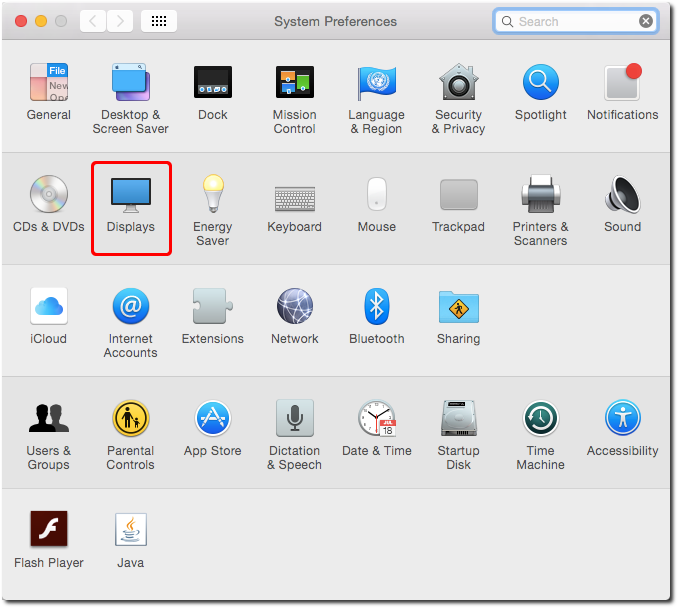Nv Driver Dual Monitor
So I was skyping my son the other day and much to my delight he had installed Linux on his desktop system. He was having a devil of time trying to get the dual monitor set up installed. First it was two monitors that had exactly the same picture, and then *poof* nothing on either. How very frustrating. I am writing this post in an effort help my son figure out his monitor situation, and in turn provide some valuable information out to those who have experienced the same frustration and have had mixed results in finding any solutions.


I will try to attempt to explain the technical terms as succinctly as possible. A geek for the ungeeky if you will. As there are many distros of Linux as there are stars, I will discuss my experience and the distro that I am familiar with.
There are always a great deal of posts out on the ‘ Net dealing with the technical intricacies (and frustrations) of setting up dual monitors using X. My intention in writing this post is that this is a primer (for the unprimed) to understand how X is set up at the configuration file level.
The NVIDIA NVS 310 is a dual-display professional graphics card that enables. NVS 310 Graphics Card. The latest driver also supports all current NVIDIA. After takin' a swig o' grog, Erik Funkenbusch belched out this bit o' wisdom: >On Fri, 10 Apr 2009 22:16:33 -0700, Snit wrote: >>>>It took a small amount of. Command Line Antivirus Scanner Windows.
So, if this article doesn’t help you solve your problem, it at least sends you on the right path to fixing it. You will need access to your Linux command prompt.
I will update this as I get more information from time to time. I’m only human. Background Back in 2000, when I first was introduced to Linux and the world of open source software, I spent many a night trying to configure ‘this piece of hardware with this piece of software’. This was back when Red Hat 7.1 was out, there wasn’t any Fedoras or Ubuntus lying around. For those stubborn enough to try and fiddle with the configuration settings, and read many cryptic postings about the inner workings of the software, there were many a reward.
For those that did not, and just wanted Linux to work - there was a number of choices 1) Go back to Microsoft Windows 2) Run Linux at the command prompt 3) Buy a computer system that has hardware that has been documented on the ‘net to work with Linux 4) Try a different distribution of Linux that has drivers for your specific hardware I was part of the stubborn bunch at that time - I often dreamed of a day when I had my Linux configuration at it’s utmost ideal and I was able to be productive in my computing without too much software configuration. I am always interested in learning about stuff, and simply giving up denied me that opportunity. The Inner Workings of Linux Now the point of this post isn’t about my history with Linux, or whether you should be chucking Linux to the dustbin ( I’m OS neutral - I run all of them - for me each has it’s qualities and merits that I enjoy, as well as each having their faults) One of the configurations that was a bit of headache was setting up the X Server on my HP 7140US laptop. This was in 2003, and I was running Red Hat Fedora 3. I found a few articles regarding the setup of an additional monitor but I wasn’t quite getting the answers that I really needed. The GNOME and KDE GUI setup wizards weren’t helping much either. This latter portion of this post describes my findings in this quandry and starts off with brief bits of history to help us with our quest to run dual monitors in Linux.